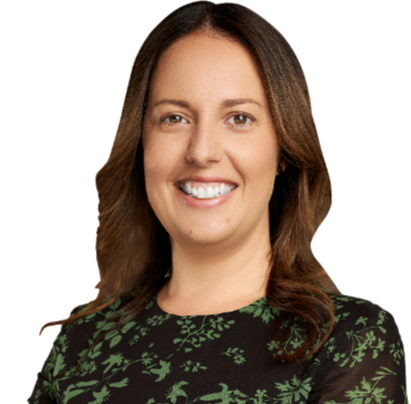Big changes are on the way for superannuation in Australia. From 1 July 2026, employers will be required to pay their employees' superannuation at the same time as their wages.
This new "Payday Super" regime aims to improve transparency, increase retirement savings, and crack down on unpaid super. Here’s what you need to know.
What Is Payday Super?
Currently, employers only need to pay superannuation contributions quarterly. This system has led to delays and, in some cases, unpaid super slipping under the radar.
Payday Super changes all that. From 1 July 2026, super contributions will align with payday – this means employers must deposit super into employees' accounts within seven days of each pay run.
Why the Change?
This move is about making sure employees get what they’re entitled to when they’re entitled to it.
By matching super contributions with wages, employees can see their retirement savings growing in real-time. It’s also going to make it harder for non-compliant employers to dodge their obligations.
What Employers Need to Know
Here’s a quick breakdown of what’s coming and how it might impact you as an employer:
- Super Deadlines: You’ll have seven calendar days from each payday to make super contributions. Missing this deadline could result in penalties.
- New Super Guarantee (SG) Charge: If you miss payments, the updated SG Charge will kick in. This includes:
-
- Outstanding Shortfall: Any unpaid super.
-
- Notional Earnings: Interest calculated daily to compensate employees.
-
- Administrative Uplift: An extra charge of up to 60% to reflect enforcement costs.
- Leave Entitlements: Annual leave and long-service leave often count towards an employee’s Ordinary Time Earnings (OTE), which directly affects their super contributions. If leave balances and payments aren’t tracked properly, it could lead to underpayments or missed deadlines – both of which can be costly.
Changes to Payroll and Reporting
The introduction of Payday Super means adjustments to payroll systems and processes:
- Single Touch Payroll (STP): Employers will need to report both OTE and total super liabilities for each employee.
- Clearing House: The current Small Business Superannuation Clearing House will be retired, the ATO will assist with this transition.
- Error Resolution: Expect stricter standards and quicker turnarounds to fix payment errors, thanks to updated SuperStream rules.
Getting Ready for Payday Super
The 1 July 2026 start date might feel like a long way off, but employers should start preparing now:
- Review Payroll Systems: Make sure they can handle real-time super payments and updated reporting requirements.
- Train Your Team: Finance and payroll staff need to understand the new rules and their implications.
- Communicate: Keep employees informed about what Payday Super means for them.
- Contact our Xero Experts: You should plan ahead and implement new payroll software or upgrade your subscription (if required) from 1 July 2025, to ensure you are comfortable using the software before the deadline and know how to efficiently process your superannuation obligations.
The Importance of a Good Payroll System
A solid payroll system is going to be your best friend as businesses change to Payday Super. With super payments happening more often and reporting requirements getting stricter, there’s no room for mistakes.
A great payroll system can handle the heavy lifting – automating super contributions, syncing with Single Touch Payroll (STP), and catching any issues before they turn into big problems. It’s not just about ticking compliance boxes; it’s about saving time, reducing stress, and keeping both you and your employees happy.
Nicole is passionate about working with clients to assist in wealth creation and wealth accumulation strategies. Nicole takes the time to understand their goals and motivations to provide them with tailored advice. Working closely with clients to better understand their needs, she draws on years of experience to help clients achieve their goals.
Cutcher's Investment Lens | 7 - 11 April 2025
The failed $3 million super tax: Division 296 is done… or is it?
Cutcher's Investment Lens - Update on Trump & Tariffs | 31 March - 4 April 2025
Liberation Day - April 2025 Snapshot
Smart investing for SMEs: The basics on how to get started and grow your business.




